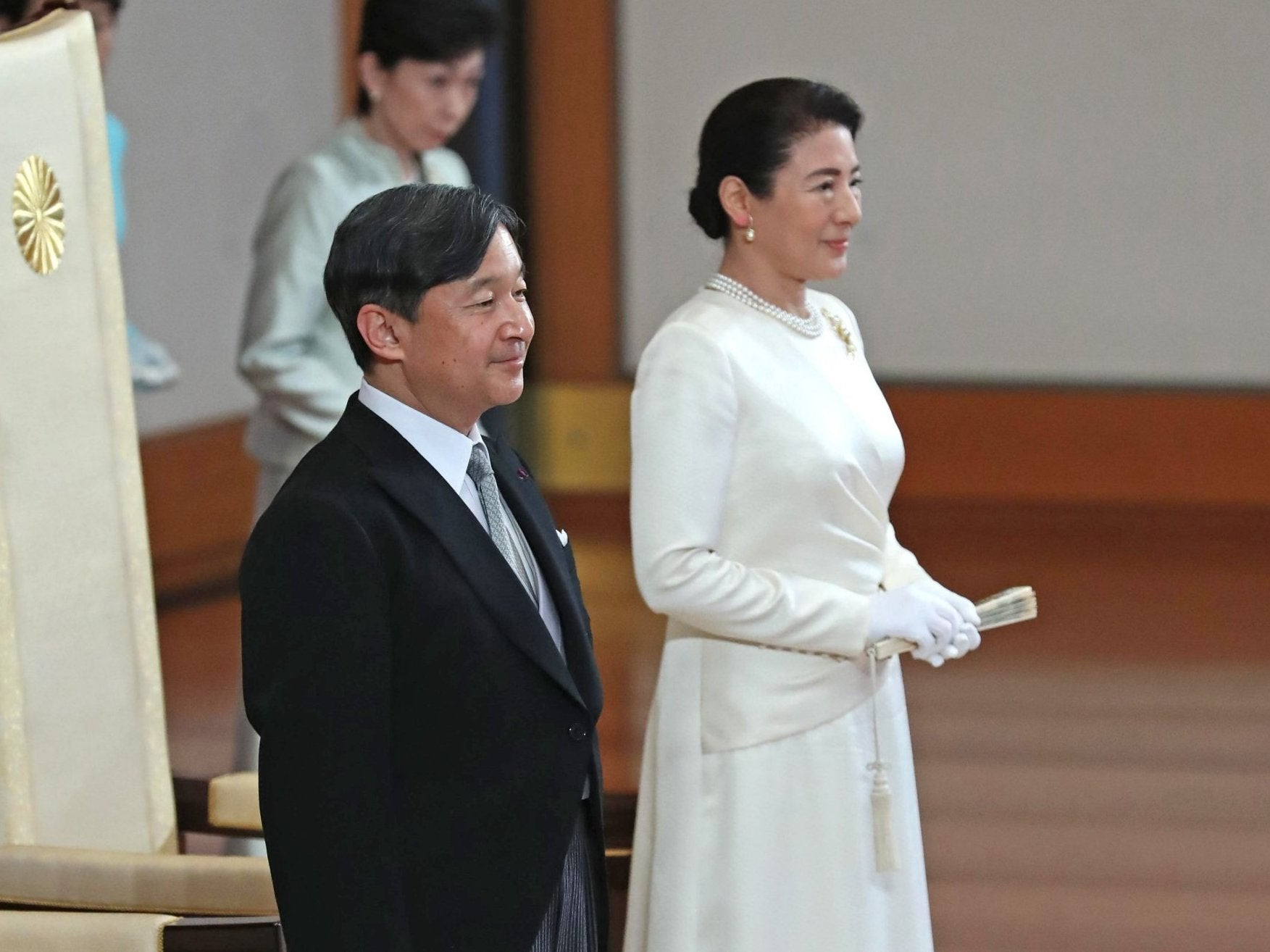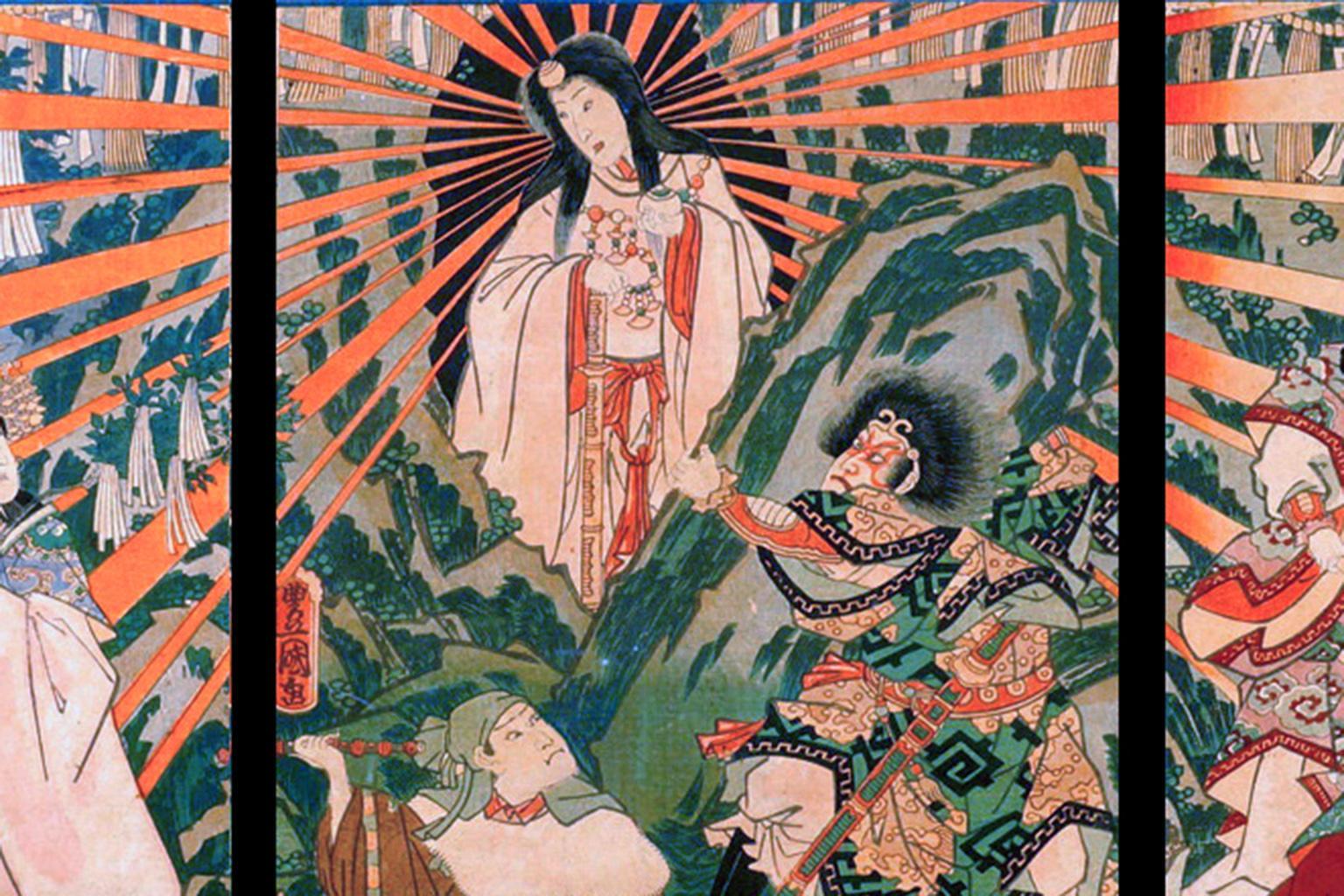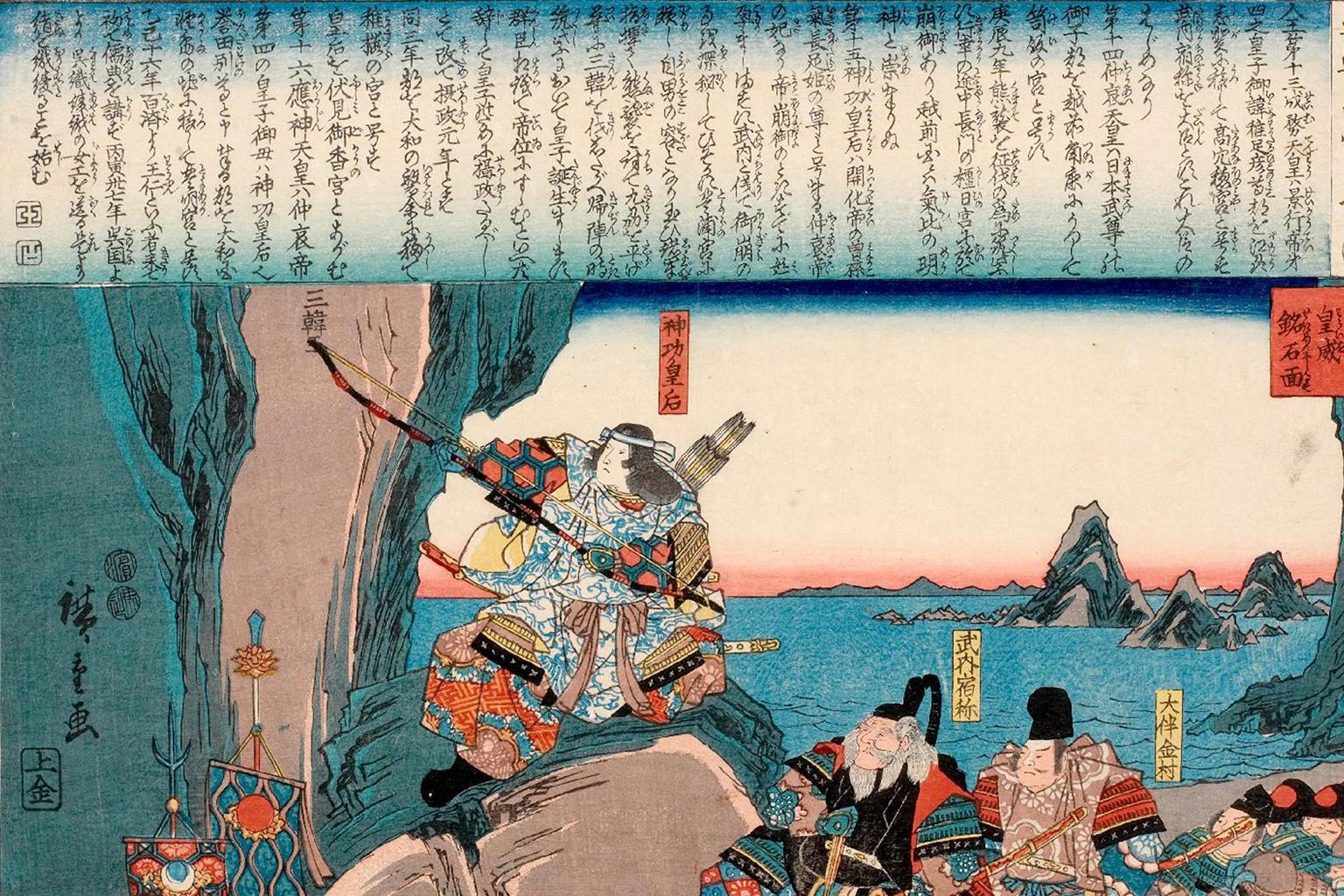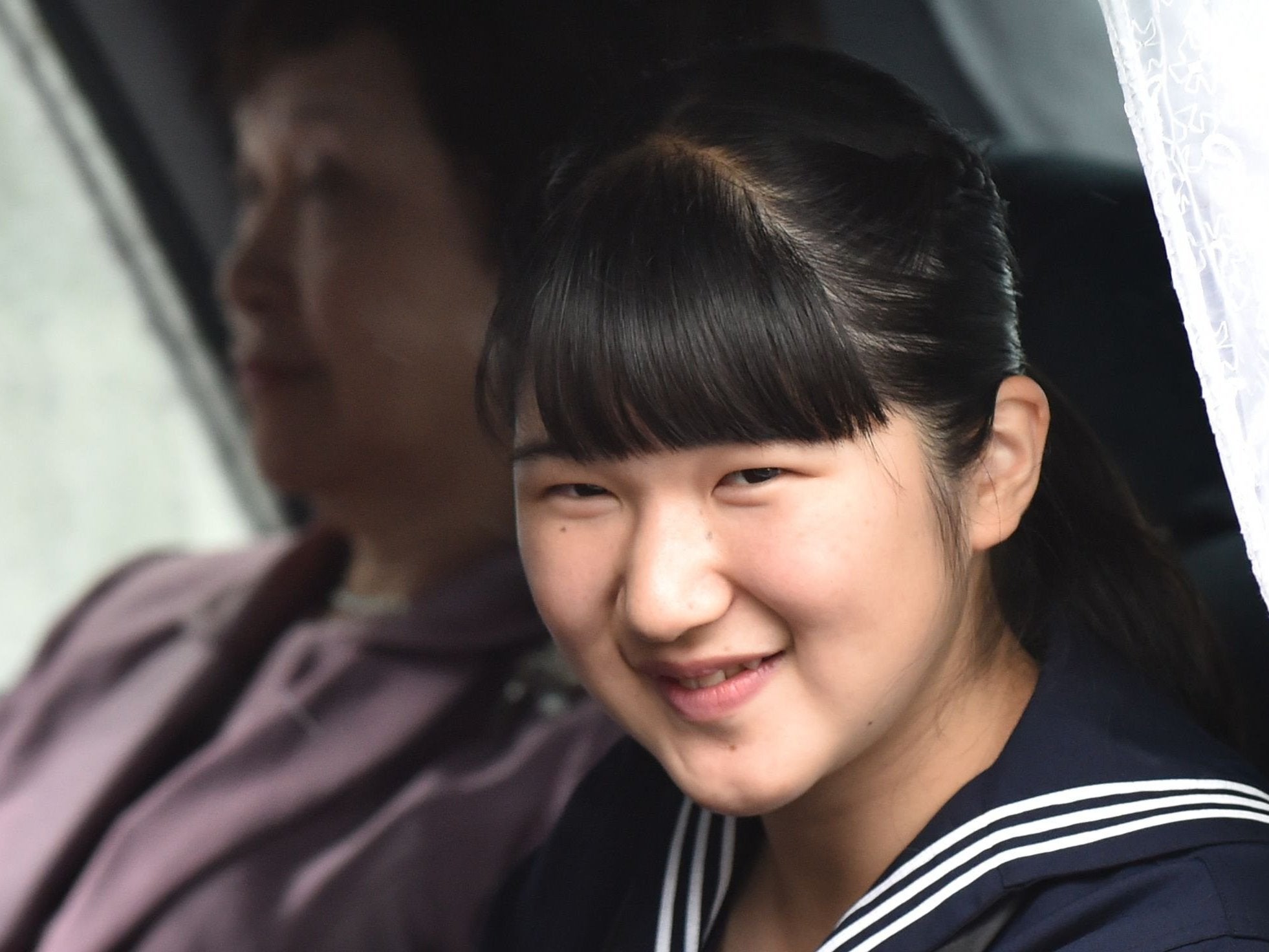The Chrysanthemum Throne: Archaic values and a new emperor
As Japan celebrates its new ruler, Ella Tennant asks why a nation filled with such rich female mythology refuses to let a woman sit on its throne

The abdication of Emperor Akihito on 30 April 2019 and the enthronement of his eldest son Naruhito the following day, as the 126th emperor of Japan, was a landmark event. This was the first abdication of a reigning emperor since Kokaku abdicated in 1817, in what is seen as the oldest continuous hereditary monarchy in the world.
The Japanese government came up with a law to allow the throne to pass to 59-year-old Naruhito after his father publicly announced in August 2016 that he had decided to “retire” – which renewed debate about the male-only succession system.
The exclusion of women as heirs to the throne first appeared as law in 1869 in Article 2 of the Meiji Constitution, and was reinforced by the 1947 rewritten constitution of Japan. As a result, out of a total of 18 members of the imperial family, not one of the 13 women will ever have access to the throne. Naruhito’s younger sister, Princess Nori, was even forced to leave the imperial household and to surrender her status after marrying Yoshiki Kuroda, a “commoner”, in 2005.

The same thing was to happen to Princess Mako on wedding Kei Kumoro in November 2018, but the marriage has now been put on hold until 2020. This is in spite of the fact that both Akihito’s and Naruhito’s marriages to “commoners” are viewed as indicators of their “humanity”.
There are now just three living heirs to the Chrysanthemum Throne: Naruhito’s younger brother, Prince Akishino, as well as Akishino’s son, 11-year-old Prince Hisahito, and Akishino’s 82-year-old brother, Prince Masahito.
Matriarchal beginnings
Despite the exclusion of women from the throne, traditional myth linked to the imperial origins portrays early Japan as a matriarchal society. Popular Shinto and the mythological traditions of the emperor cult are based on a belief in the sun goddess, Amaterasu, from whom the first emperor, Jimmu (who reigned from 660BC until 585BC) is said to have descended. Legendary celebrations in honour of Amaterasu are part of the imperial enthronement ritual, Daijosai, in which the newly crowned emperor symbolically shares a meal with his imperial ancestors.

Ironically, women, even members of the imperial family, are forbidden from attending this ceremony. It is difficult to imagine how Masako, Naruhito’s Harvard educated, former career diplomat wife might have felt in being excluded from attending the enthronement ritual, and that her own daughter, Princess Toshi, can never hope to succeed to the throne because of her gender.
This exclusion serves to reinforce a rigid patriarchal system and the subordination of women in Japanese society as a natural cultural norm. It is also at odds with the fact that Japanese religious mythology is based around a female deity. But a lack of studies on women in Japanese history reinforces a belief that their role has been of less worth than that of men.
Nevertheless, Chinese and Japanese historical sources show that women leaders were not a rarity in ancient times. One of the most well-known is Himiko who ruled over more than 30 states during the later part of the Yayoi period from about 180-248AD. This was a time of political and social crisis, and historians remain undecided as to her real identity. But, whoever she really was, the fact remains that she was a powerful woman who ruled Japan.
Women on the throne
Until the constitution was rewritten in 1947 and changes to the imperial succession procedure were introduced, Empress Jingū (AD201-269) was considered to be the 15th Japanese imperial ruler. As with Himiko, she reigned during a period of turmoil and the legendary invasion of Silla, the South Korean peninsula – although the 1947 reforms, and a re-evaluation of historical records, led to her name being removed as empress. She does however hold the honour of being the first woman, in 1881, to be featured on a Japanese banknote.

In addition to Jingū, there have been eight empresses of Japan, two of whom reigned twice. In both cases, according to the “Nihongi”, the Chronicles of Japan, the women reascended to the throne after abdication in favour of a male relative. The fact that their successors were more often than not male has only fuelled the argument that tradition requires male-only succession.
During his time as prime minister from 2000 to 2006, Junichiro Koizumi pushed for changes to allow women to succeed to the Chrysanthemum Throne. But the birth of a new male heir, Hisahito, in 2006, appeared to overshadow discussion over disparity between male and female imperial privilege.

While the emperor has no political role, the symbolic and cultural significance links modern Japan to a mythological past. Akihito’s reign will be remembered for improved ties with neighbours, reconciliation and recognition of the past suffering of those in the region, influencing politics and change through gesture.

As Reiwa, the era of beautiful harmony, begins, it is hoped that the Japanese government will open the way for women to succeed Naruhito to the country’s throne. This would be a long overdue gesture that would have an enormous and significant impact for women, parity and recognition of their contribution and achievement throughout Japan.
Ella Tennant is a teaching fellow at the language centre and liberal arts at Keele University. This article first appeared on The Conversation
Join our commenting forum
Join thought-provoking conversations, follow other Independent readers and see their replies
Comments
Bookmark popover
Removed from bookmarks